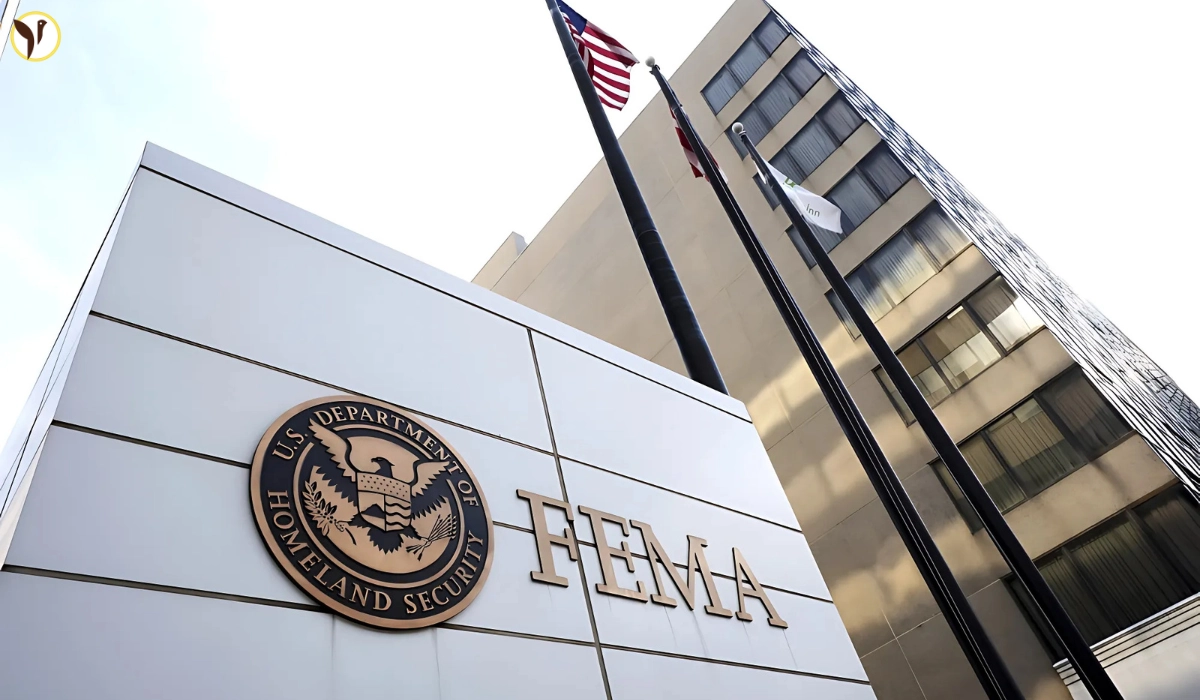The Federal Emergency Management Agency (FEMA) is entering the 2025 Atlantic hurricane season with many changes at the top. David Richardson, recently appointed as the acting FEMA administrator, made headlines after reportedly being unaware that the U.S. even had a hurricane season. This raised concerns about his readiness to manage the agency during such a critical time. Many experts and FEMA staff are worried about how these leadership changes could affect emergency preparedness and response if a major storm strikes.
FEMA has also decided to use its older hurricane response guide instead of a new plan that was in development. This move, along with the fact that some FEMA teams and programs have been cut in recent months, has added to the uncertainty surrounding the agency’s readiness. With a busy hurricane season expected, all eyes are now on how FEMA will perform under new leadership and with fewer resources.
NOAA Forecasts an Active 2025 Hurricane Season
According to the National Oceanic and Atmospheric Administration (NOAA), the 2025 hurricane season could be one of the most active in recent years. NOAA’s forecast includes 13 to 19 named storms, with up to 10 expected to reach hurricane strength. Of those, up to 5 may become major hurricanes. These numbers are above average and come at a time when FEMA’s preparedness is already under question.
The warmer ocean temperatures, combined with favorable atmospheric conditions, are driving the higher-than-usual forecast. Emergency experts are warning communities to prepare now. While FEMA will play a central role in response efforts, state and local agencies will also need to be ready, especially given FEMA’s current staffing challenges.
Staffing Cuts and Leadership Shakeups Add to FEMA’s Struggles
In addition to leadership concerns, FEMA is also dealing with staffing shortages. Reports say the agency’s disaster response team has been reduced by nearly 9% this year. Some staff were let go, and others left after top leaders resigned or were replaced. These cuts have left gaps in FEMA’s ability to respond quickly to disasters.
The agency also recently scrapped new hurricane-response plans that had taken months to build. Instead, FEMA will rely on last year’s strategy, which had already been reduced in scope. Critics argue that with storms growing stronger and more frequent, FEMA should be expanding its efforts, not scaling them back.
Shift in Disaster Management Strategy Raises Questions
FEMA’s new approach also puts more responsibility on state and local governments. The agency now expects states to handle more of the early response efforts, relying on FEMA for backup and support rather than direct control. While this model can work well when states are fully equipped, many are not ready to face large-scale storms on their own.
Private companies are also being asked to play a bigger role in response efforts. This shift may help speed up logistics, but it raises questions about accountability and effectiveness. Emergency experts worry that poor coordination could delay help when people need it most.
Public Urged to Be Prepared as Season Begins
With a busy hurricane season expected and concerns about FEMA’s readiness, people living in coastal areas are urged to start preparing now. Experts recommend creating emergency kits, making evacuation plans, and staying informed through official channels like the National Hurricane Center and local news.
Even if FEMA faces challenges at the federal level, individual preparedness can make a huge difference. The earlier people get ready, the safer they’ll be when a storm approaches. Local and state agencies are also stepping up public education efforts to make sure communities understand their risks and options.
Image Source: NBC News









